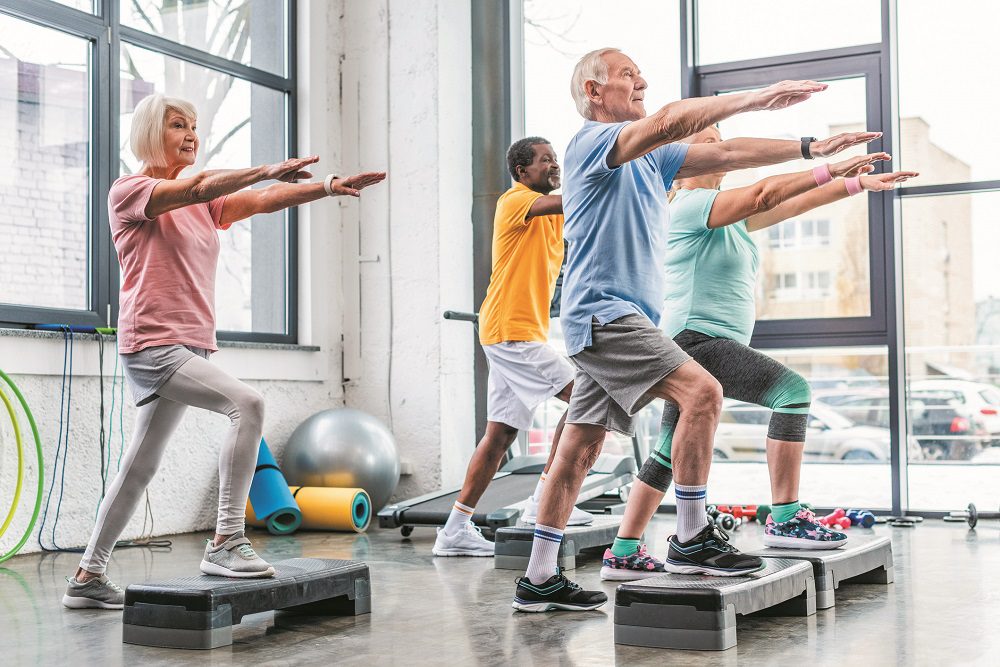The pandemic appears to be finally winding down, and we can now take a moment to reflect on what we have learned and apply those principles should a new variant or entirely new pandemic strike in the future.
While the pandemic has been devastating in the United States, not all citizens have been affected equally. Cultural and societal factors have placed some populations at increased risk of contracting and dying from COVID-19.
Race. After adjusting for age, Hispanics, Blacks, Native Americans, and individuals of lower socioeconomic status account for a disproportionately high percentage of COVID hospitalizations and deaths.
This may be partially attributed to social factors that affect health, including personal lifestyle choices, income and wealth disparities, inequalities in health-care access and use,
occupational vulnerability, public transportation transmission, and living in multifamily housing.
Additionally, these demographic groups have a higher prevalence of underlying hypertension, diabetes, obesity, cardiovascular disease, and pulmonary conditions—all of which can worsen COVID-19 illness.
Living in rural areas. Rural Americans are more likely to die from COVID-19 infections than their urban counterparts. This heightened mortality may be attributed to higher age, lower socioeconomic status, limited access to health care, and greater incidence of underlying chronic disease. Further, people living in rural areas have lower rates of vaccination against COVID-19. Even when access to the vaccine is not limited, rural Americans tend to express less enthusiasm for the vaccine’s safety and value.
According to numerous reports, the scientific evidence is overwhelming: COVID vaccines are generally safe and highly effective in preventing COVID-related hospitalization and death.
Medical misinformation. The spread of medical misinformation is extensive. For example, numerous studies have definitively proven that wearing a mask does not expose the wearer to dangerous levels of carbon dioxide, but that remains a concern among some people.
Last July, U.S. Surgeon General Vivek Murthy, MD, commented that nearly every recent death due to COVID could have been prevented. Dr. Murthy emphasized that: “Health misinformation … can cause confusion, sow mistrust, harm people’s health, and undermine public health efforts. It’s one of several reasons why people are not getting vaccinated.”
Poor baseline health. Even before the pandemic, Americans had a high prevalence of unhealthy lifestyles, risk factors, and chronic disease, as well as the shortest life expectancy among all high-income countries.
According to one landmark study, adhering to a healthier lifestyle could prolong the life expectancy by up to 14 years for women and 12 years for men.
Need for greater self-responsibility
Both the pandemic and our poor health as a nation can be improved with a time-honored American value: self-responsibility. Failure to take responsibility for our own health unequivocally increases the life-threatening risks of COVID, and it leads to many of the underlying chronic illness that worsen the impact of the virus, such as obesity, type 2 diabetes, and coronary artery disease. Small, positive changes to what we eat, how often we exercise, and avoiding cigarette smoking can add years and quality to our lives.
- Exercise. Regular physical activity prevents and treats chronic disease, boosts immune function, decreases inflammation, and maintains or reduces body weight and fat stores. Plus, getting just 150 minutes of moderate-intensity exercise per week (or 75 minutes of vigorous activity) is associated with a reduced likelihood for hospitalization, intensive care unit admission, and death among patients with COVID-19. Higher levels of aerobic fitness also appear to confer more favorable COVID-19 outcomes.
- Smoking. Because COVID-19 targets the lungs, quitting smoking is imperative.
The sooner we embrace the 4Ws, get vaccinated, and get boosted, the sooner COVID-19 will be over.


